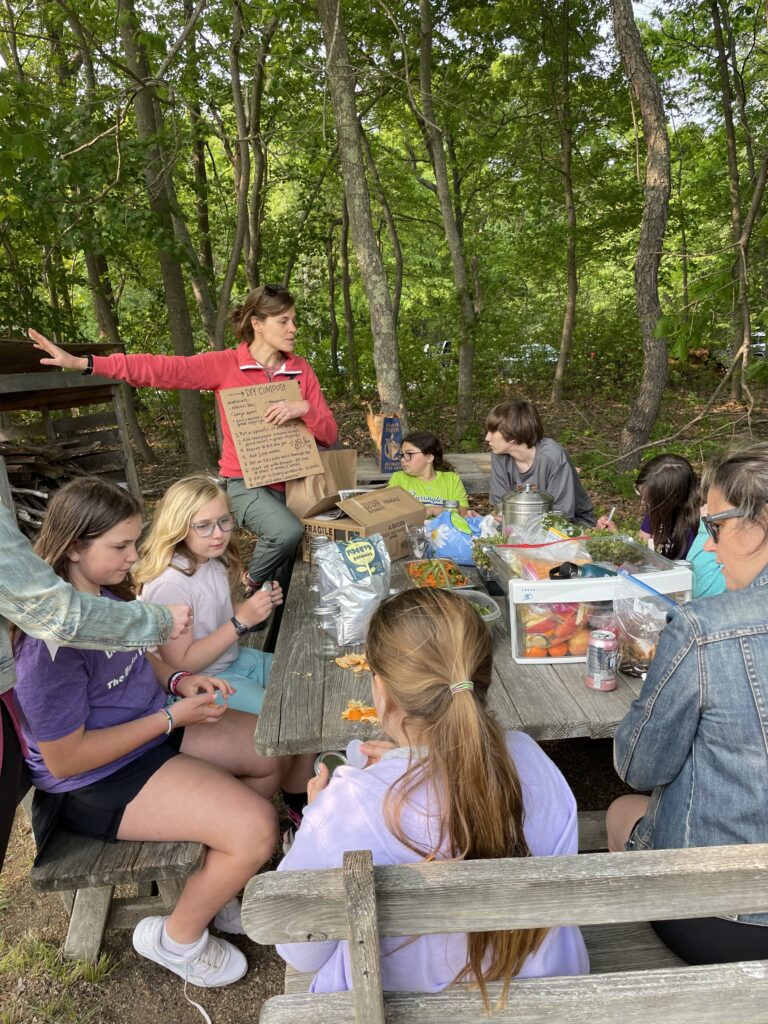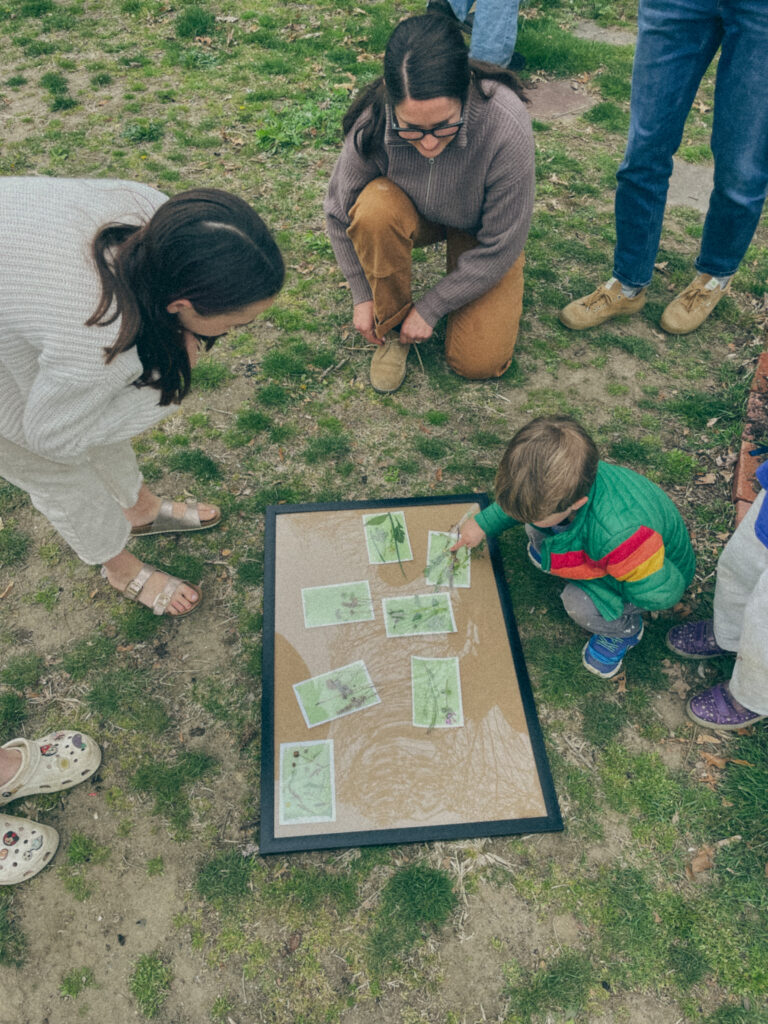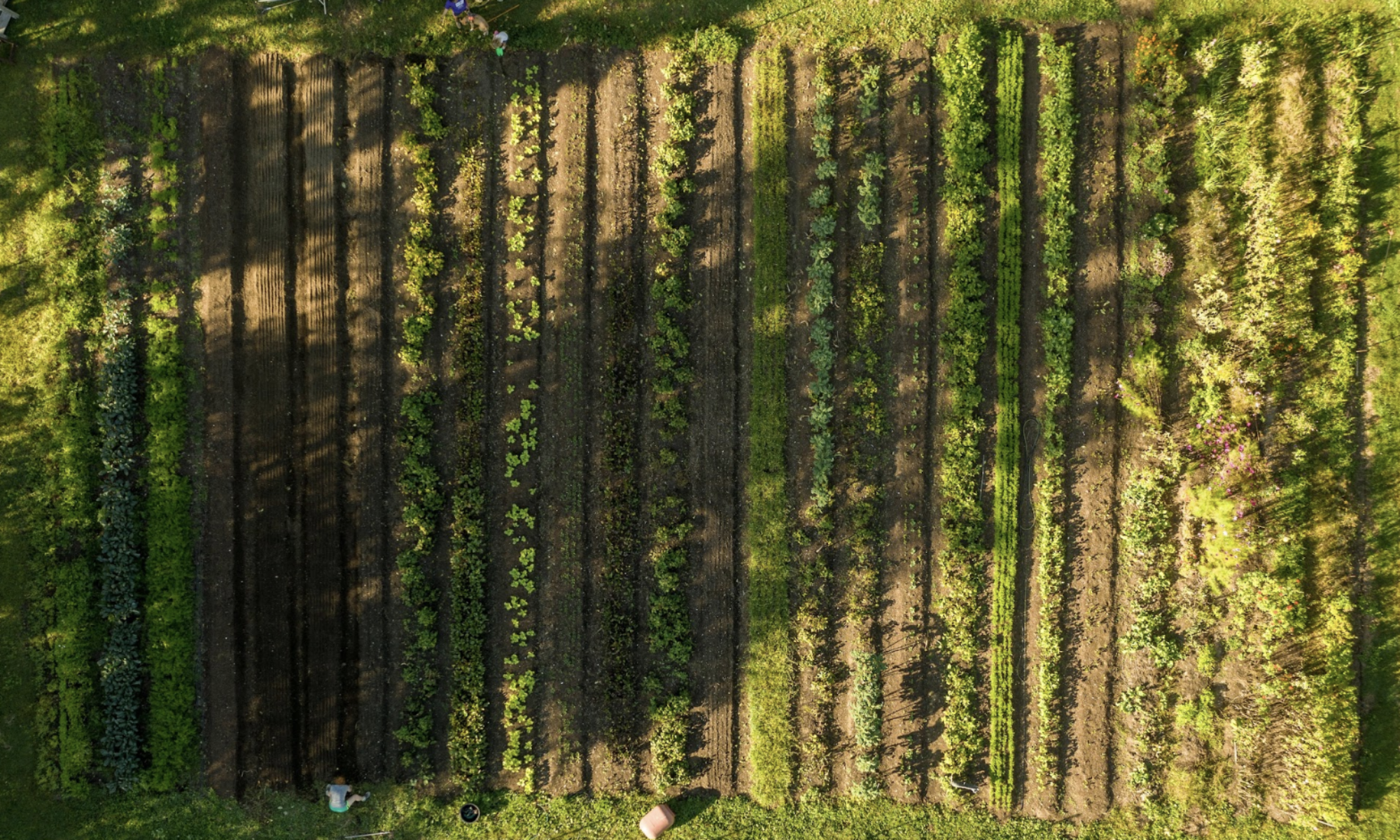When the Barrington Farm School began searching for our two new positions, Volunteer Coordinator and Farm Manager, it was surprising how many of the highly qualified applicants had an art background. In fact, one of our board members, Jessalyn Link, was a music major in college and does graphic design. What is art’s connection to farming?

I asked our Volunteer Coordinator Casey Merkle this question. Casey has a Master’s in Nature, Culture, and Sustainability Studies from RISD as well as a bachelor’s in biology, and she’s deeply involved in farming, flood mitigation, and environmental education. Farming and art, she explained, share some common characteristics.


Artists and farmers live with and seek freedom and space, unconstrained by the social and physical boundaries that come with office work. Growing food and creating art are part of the “maker culture” movement. And both farming and art can be practiced as a commercial enterprise but also as an intentional, thoughtful process that engages with how one thinks about the world. Farming and art, Casey said, involve community and a recognition that individual wellbeing is tightly bound to the wellbeing of other people, of wildlife, of nature as a whole. One of her favorite books is “Braiding Sweetgrass: Indigenous Wisdom, Scientific Knowledge, and the Teachings of Plants” by Robin Wall Kimmerer, who argues that “the awakening of a wider ecological consciousness requires the acknowledgment and celebration of our reciprocal relationship with the rest of the living world.”

So it should have been no surprise that artists are farmers and farmers are artists, and people who are drawn to work at the Barrington Farm School understand its mission: to grow food, inspire learning, build community, and foster connection to the land.

